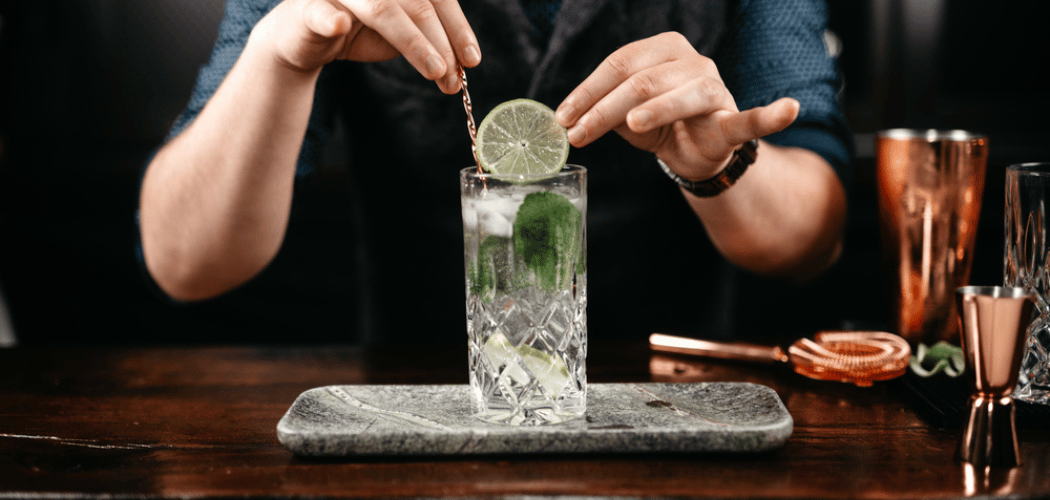4 Takeaways for Retailers Eying Quick-Serve Fashion
Panera recently introduced a line of co-branded swimsuits, but its foray into merchandising isn’t new. Such launches are occurring more regularly among quick-serve and fast-casual restaurant chains. These examples explain why QSR is good at selling fashion, and what retailers can take away.
By Jenn McMillen
Panera swimsuits are selling like hotcakes. What’s next?
In June, the quick-serve chain introduced its latest fashion line, “Swim Soups: the You Pick 2 Collection,” inspired by its “You Pick 2” menu combos. The line includes eight mix-and-match pieces based on popular menu items (from grilled cheese to its strawberry poppy seed salad).
Panera seems to have the recipe for what people want. An earlier swimsuit launch, in 2021, sold out. And in February, it quickly sold out of the “BAGuette,” a long green purse embossed with the letter P, designed to promote its new toasted baguette sandwiches. (Panera cannily dropped the BAGuette days before Fashion Week.)
Panera isn’t walking the runway alone. “Fast-casual” merchandise, often in the forms of limited-time co-branded apparel and accessory lines, is becoming standard among quick-serve restaurant chains including Taco Bell, Chipotle and Sweetgreen. Some chains are entering several co-branded collabs a year. Among others, product lines have evolved from seasonal sensations into year-round staples.
Panera, for example, in May debuted The Panera Shop featuring menu-based “Carb Couture.”
Should retailers worry?
Not Playing Chicken – Quick Casual Has Legs
Quick-serve food chains are finding protein in their fast-merchandising ventures. For starters, the “inside joke” cleverness of these goods can appeal to consumers who don’t even eat the food. And it generates social media buzz that’s essentially free advertising.
Following are examples of other QSR merchandising strategies that boost brand awareness.
- Taco Bell in mid-July was partnering with State Bicycle Co. on the Klunker – “a mashup of beach cruise, mountain bike and BMX.” The Taco Bell-logoed bike priced at $420.69 (now sold out), is “perfect for biking to grab tacos at Taco Bell.” The partnership extends to limited-edition accessories, clothing, and gear.
Food for thought: the Taco Bell Shop merchandises some goods in easy-to-browse collections, including weddings (a hot sauce-packet garter) and road trips (a jigsaw puzzle of Taco Bell signs). The shop spices up urgency with its “last chance” section. - KFC in July introduced KFCShop.com to recognize National Fried Chicken Day. The site’s “Ultimate Summer Collection” of apparel and accessories includes sunglasses and a “bucket” hat ($31.95). KFC declares the line pairs perfectly with its Ultimate BBQ Fried Chicken Sandwich.
Food for thought: The merchandise will be updated regularly, KFC states: “Fans should download the KFC app to be the first to know about future collections and new merch additions.” - Chipotle is building a full, mission-based brand with its extensive Chipotle Goods. It offers 12 categories of clothing and accessories, including “natural dye” and “kids & baby,” in a range of price points. The “Extra” Big Bang necklace goes for $135, for example, while the popular “Chips and Guac” slides cost $22.
Food for thought: The site includes pages that explain Chipotle Goods’ philosophy and sustainability vision, extending merchandising to caring. - McDonald’s faced a bit of a fiasco in October 2022 when its co-branded adult Happy Meals (the Cactus Plant Flea Market Box) sold out in days, but it likely has shaken it off. In June, when McDonald’s celebrated Grimace’s birthday with a birthday meal and purple shake, the Golden Arches Unlimited store featured a small Grimace collection (the $15 Grimace socks are there, but a pool float is gone).
Food for thought: The site also includes mass-appeal, evergreen goods such as a Big Mac bag and a “World Famous Fries” lounge set. - Chick-fil-A in April launched a limited-time apparel line inspired by its seven sauces, QSR magazine reported, just as it began selling its barbecue and sweet and spicy sriracha sauces at participating retailers. Chick-fil-A’s online store also sells a cow-themed paddle ball set and Cow Party Game, for brand insiders.
Food for thought: Chick-fil-A entices customers to sign up for its emails so they can be alerted to upcoming collections. But if you want the “Eat Mor Chikin” Cow keychain, you’ve got to go to a physical location, while they last. - Sweetgreen merchandises by themes on its online Market. Its Core Collection includes 100% cotton-shirts with vintage graphics (“Friend of plants” is one message), while the RFSC Collection is an “ode to regenerative food lovers everywhere.”
Food for thought: The healthy-eating chainencourages joining its Sweetpass loyalty program to access exclusives, such as a $340 beaded tote by Susan Alexandra that’s part of its “Peach Week” collection.
Quick-Serve Merchandising Takeaways
These product launches can result in unexpected demand, which can lead to unanticipated problems, as McDonald’s learned with its adult Happy Meals. But they also present partnership opportunities for retailers, who know a lot about meeting demand.
A quick sampler of these opportunities:
- Show them your privates. Retailers that make private-label goods, which is most, can offer to manufacture merchandise for QSR chains (and help distribute and sell limited product releases).
- Give points for loyalty. Retailers and QSRs can join forces on loyalty program initiatives. For example, a customer can buy a QSR-branded frozen meal at the supermarket and earn points toward the next QSR purchase.
- Catch a buzz. Retailers can ride the social media waves of QSR chains by posting their own alternate or complementary products. Think of a scarf/napkin to tuck into (or tie onto) Panera’s BAGuette.
- Share the dish. Retailers can enter into limited data-sharing agreements to help QSRs “see” how their customers spend their time and money outside of their chains. The insights can instruct more relevant messaging and product launches.
Lastly, retail marketers should follow these QSR chains– visit their restaurants, order from their menus, read their social posts. This will reveal how much consumers will pay to stand apart from the crowd.
Because, when it comes down to it, that’s what everyone craves: a “special order” that gets attention. QSRs are just putting it on their menus.
Forbes.com retail contributor Jenn McMillen is nationally renowned as the architect of GameStop’s PowerUp Rewards, and is Founder and Chief Accelerant of Incendio, a firm that builds and fixes marketing, consumer engagement, loyalty and CRM programs. Incendio provides a nimble, flexible and technology-agnostic approach without the big-agency cost structure and is a trusted partner of some of the biggest brands in the U.S.





